Long Qt Syndrome In Children
Long qt syndrome in children. Prevalence is approximately 1 in 2500 1. Clinical diagnosis is made from a combination of suspi-. Long QT Syndrome LQTS is a medical condition resulting from an abnormality in the electrical system of the heart.
Pediatric Long QT Syndrome LQTS is an irregular heart rhythm that can cause fast chaotic heartbeats. Suspecting acquired long QT syndrome the pediatrician obtained an ECG which demonstrated a prolonged corrected QT interval QTc 05 sec ½. The value of the rate corrected QT interval in children who present with fainting.
Vinocur MD Director Pediatric Electrophysiology Program. Learn how its treated and diagnosed at Childrens Hospital of Philadelphia. Long QT syndrome LQTS is a heart rhythm disorder which can cause periods of abnormally fast heart rhythm called arrhythmias.
These Q waves are expected so much so that their absence in the lateral leads can be. Long QT Syndrome in Children 2019 LQTS Patients and Families Seminar Jeffrey M. Long QT syndrome LQTS is a familial condition causing syncope and sudden death through polymorphic ventric-ular tachycardia torsades de pointes which can deterio-rate to ventricular fibrillation in otherwise fit and healthy young people.
Allan WC 1 Timothy K Vincent GM Palomaki GE Neveux LM Haddow JE. Young children can have a significant Q wave in the inferior and lateral leads from birth until age 3-5 years when they recede. In a healthy heart an electrical impulse starts in the upper chamber of the heart sinus node and travels down to the lower chambers ventricles.
Long QT syndrome in children. Inherited long QT syndrome Romano-Ward syndrome is being recognised with increasing frequency. The patient has remained free of syncope since discontinuing the ketoconazole.
Jervell and Lange-Nielson syndrome this form is rare and also causes deafness. The Pediatric Electrophysiology Society studied children with the long QT syndrome LQTS to describe the features of LQTS in patients less than 21 years old define potential low-risk and high-risk subpopulations and determine optimal treatment.
Young children can have a significant Q wave in the inferior and lateral leads from birth until age 3-5 years when they recede.
Prevalence is approximately 1 in 2500 1. The patient has remained free of syncope since discontinuing the ketoconazole. The mean QTc SD was 0484 seconds 0031 in 117 affected children and 0420 seconds 0021 in 133 unaffected children. Long QT Syndrome Childrens Hospital of Philadelphia. The long QT syndrome LQTS is a congenital disorder characterized by a prolongation of the QT interval on electrocardiogram and a propensity to ventricular tachyarrhythmias which may lead to cardiac events defined as syncope cardiac arrest or sudden death. Young children can have a significant Q wave in the inferior and lateral leads from birth until age 3-5 years when they recede. This impulse squeezes or contracts your heart pumping blood out into the body. Jervell and Lange-Nielson syndrome this form is rare and also causes deafness. Long QT Syndrome in Children 2019 LQTS Patients and Families Seminar Jeffrey M.
Clinical diagnosis is made from a combination of suspi-. They can be as deep as 8 mm in lead III during childhood. Long QT Syndrome is typically present at birth but it is often only detected in children and young adults. In long QT syndrome prolongation of the QT interval and appropriately timed ventricular ectopy R on T phenomenon leads to the development of torsades de pointes a ventricular arrhythmia with a classic appearance in an electrocardiogram figure 1. Long QT Syndrome Childrens Hospital of Philadelphia. Long QT Syndrome in Children 2019 LQTS Patients and Families Seminar Jeffrey M. Learn how its treated and diagnosed at Childrens Hospital of Philadelphia.

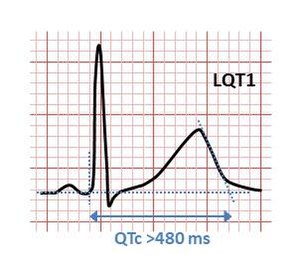

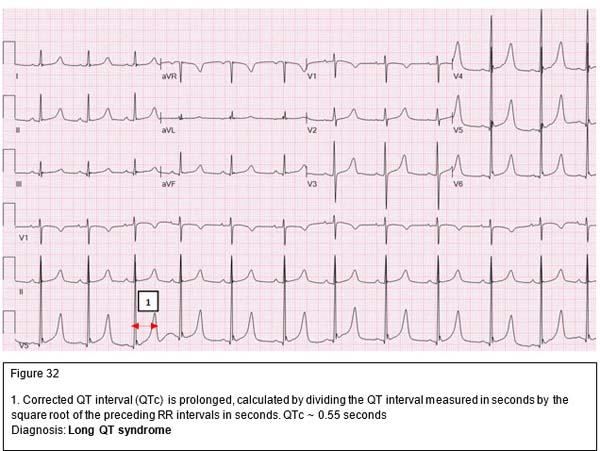

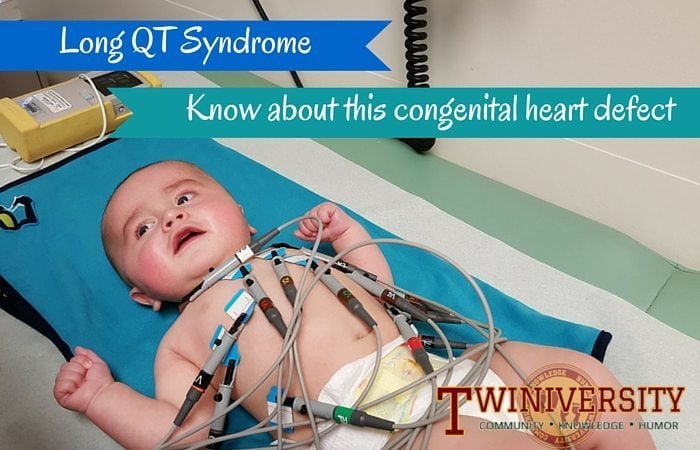



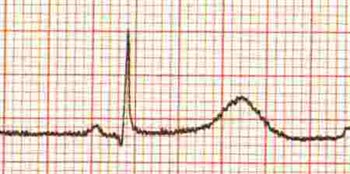
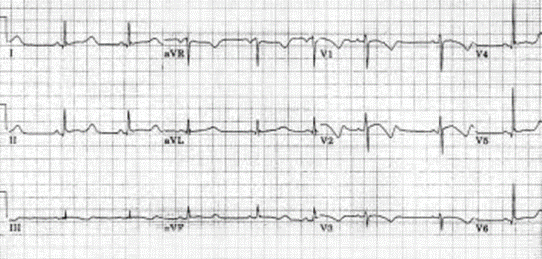




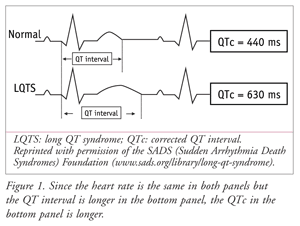
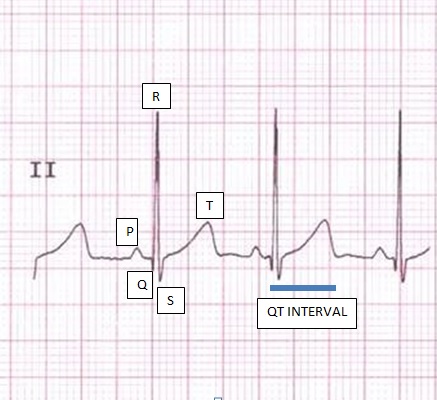

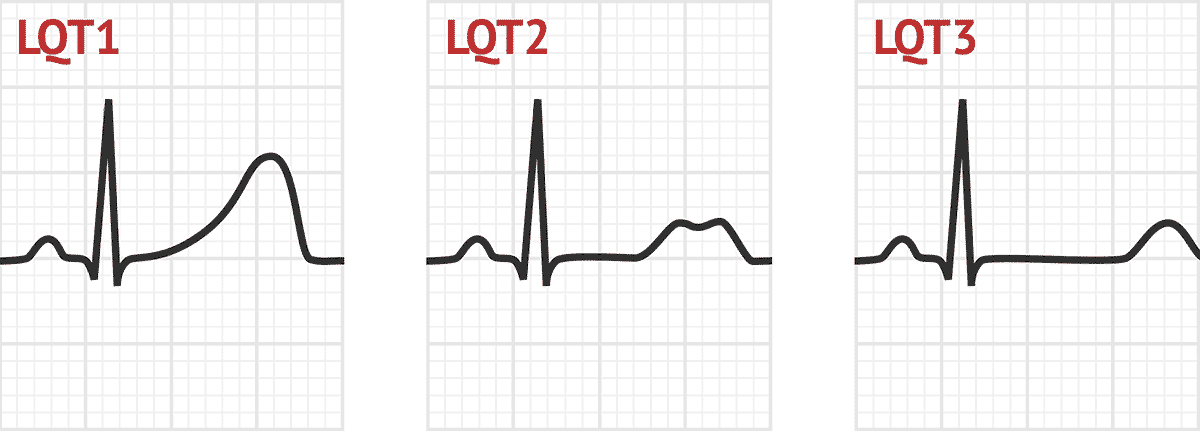

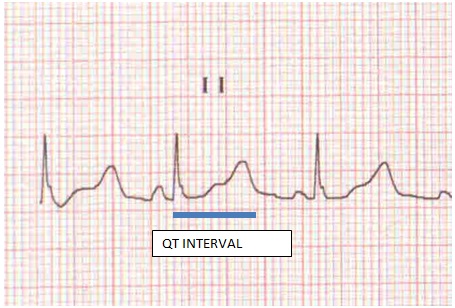

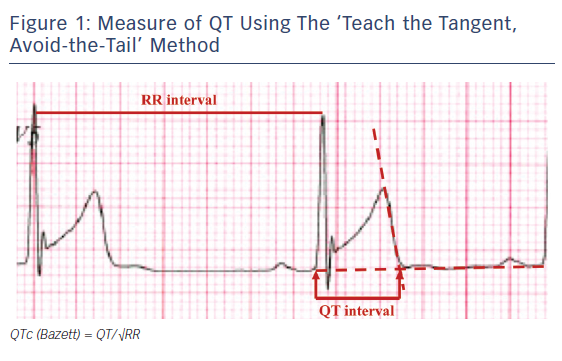





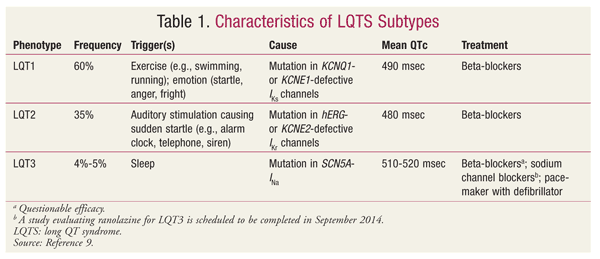
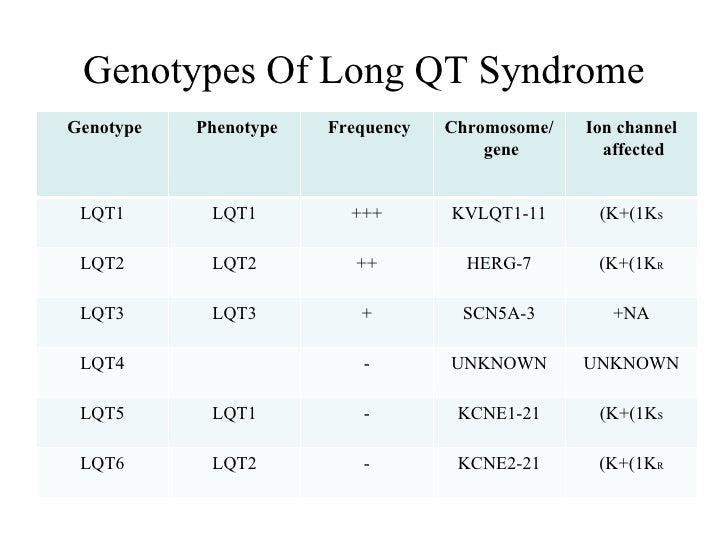




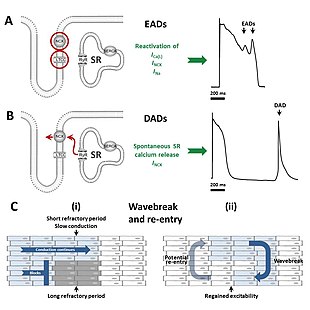
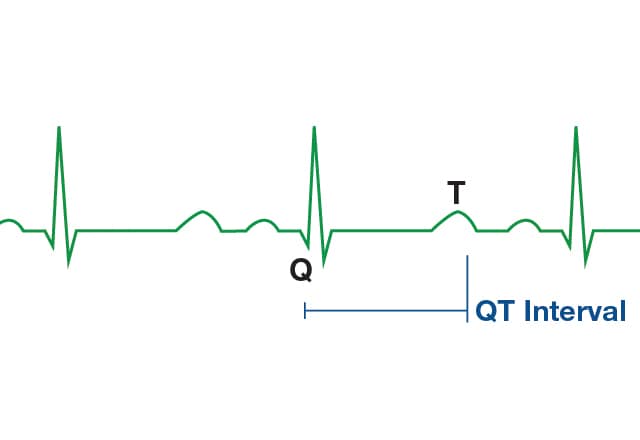



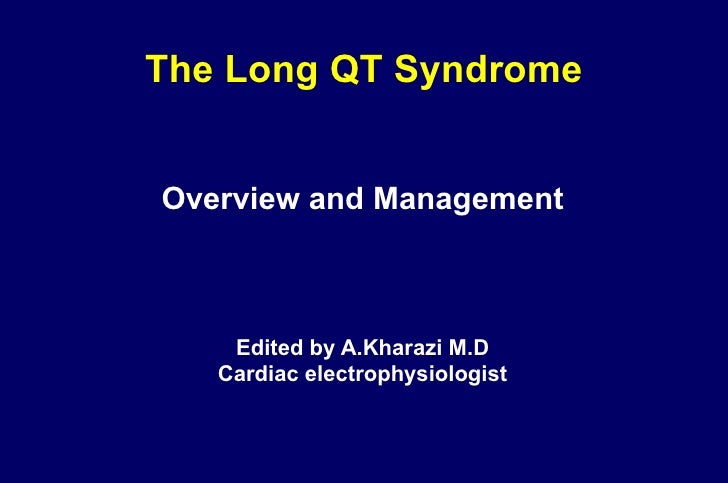

Post a Comment for "Long Qt Syndrome In Children"